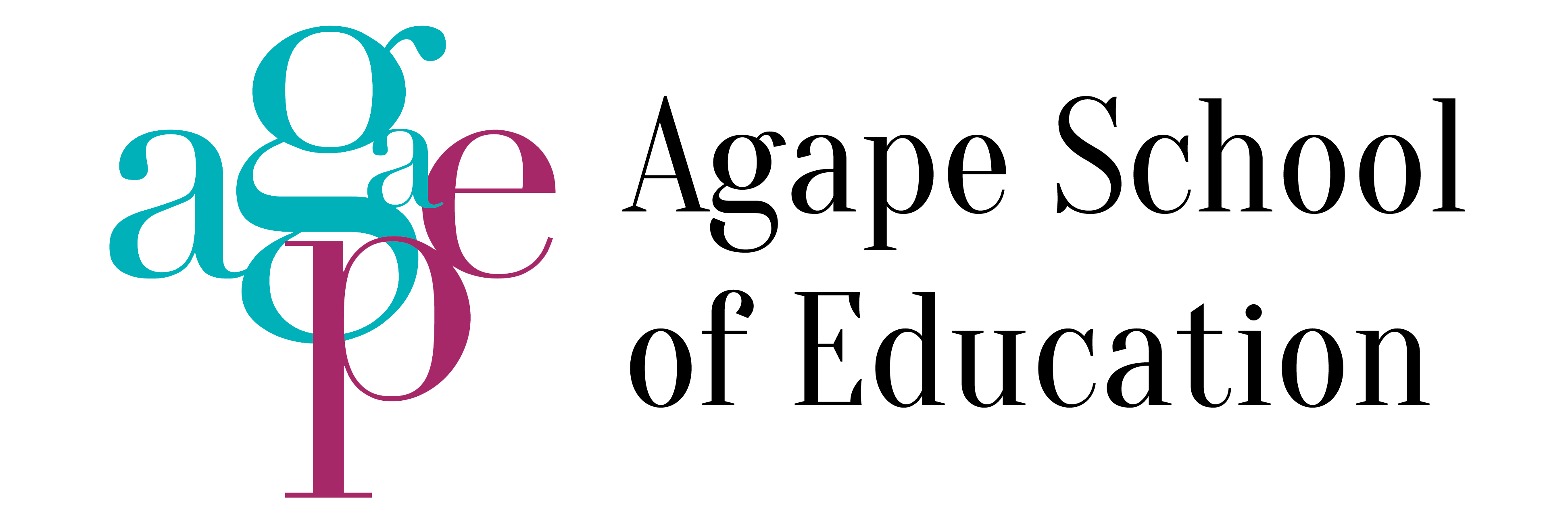Chinese characters seem to be the most difficult part for foreign learners of Mandarin. One likely reason may be that Chinese characters look very different from their Roman language counterparts. Each character in Mandarin represents not only the pronunciation, but also possess a certain meaning. A common complaint is that Chinese characters are so unlike each other that you have to learn them individually. Unfortunately, there are so many to memorise and that when encountering a new character, previous knowledge of other characters rarely helps because you can neither pronounce it directly nor guess what it means. However, this is not always true. There are connections between Chinese characters, composed in a defined way and learning these connections can help learners score better.
Chinese characters form the pictorial writing system used for recording in ancient China. With a history dating back over 8,000 years, it is one of the oldest surviving writing systems in the world. Inscriptions of Chinese characters were found on turtle shells dating back to the Shang dynasty (1766-1123 BC). Known as the Oracle bone script, 1,000 of the 4,600 known bone logographs can be identified with characters used currently. An old Chinese legend credits Cangjie, an official historian under the legendary Emperor Huangdi in 2600 BC, for the invention of the Chinese characters. Although attributing its creation to one person is more likely to be an exaggeration, it is thanks to contributors like Cangjie that we have a complete and well-developed writing system.
Xu Shen, from the Eastern Han Dynasty (121 AD), was a distinguished scholar who attained unparalleled fame for his etymological dictionary, “Shuo Wen Jie Zi”, which explains the written language and parsing words. In the book, Chinese characters are classified into six categories, namely pictogram, ideograph, logical aggregates, pictophonetic compounds, borrowing, and associate transformation. However, Chinese characters generally fall into the first four categories as per their origin.
Pictograms
Pictograms are the earliest characters created and they usually reflect the shape of physical objects. From this pictorial method, other character-forming principles were subsequently developed. Over time, pictograms evolved from irregular drawings to a definite form. Most were simplified by losing certain strokes for ease of writing. However, only a small portion (less than 5%) of Chinese characters fall into this category.
Ideograph
Also called simple indicative, ideographs usually describe an abstract concept. It’s a combination of indicators or the addition of an indicator to a pictograph to connote meaning. For example, a short horizontal bar on top of a circular arc represents the concept of “up” or “on top of”. Similarly, placing an indicative horizontal bar below the pictogram for “wood” is an ideograph for the word “root”. However, like pictograms, the number of this category is also small, less than 2%.
Logical aggregates
These are a combination of pictograms that represent a meaning, rather like telling a story. A pictograph for “person” on the left of one for “wood” connotes “rest”. This story-telling formation is relatively easier to learn as most aggregates have been reformed into or replaced by phonetic compounds.
Pictophonetic compounds
Also called semantic-phonetic compounds, they combine semantic elements with phonetic ones, taking meaning from one and phonetics from the other. For instance, the character for “ocean” (“yang”) is a combination of the semantic classifier of “water” with the phonetic component “yang”. On its own, “yang” means “goat” or “sheep”. This last group of characters is the largest in modern Chinese, making up around 90% of all Chinese characters.
The superiority of phonetic-compounds in the first three categories lies in its unique phonetic components. Many objects and concepts are hard to express through photographs or ideograms, therefore, the association with character pronunciation helps Chinese vocabulary extend faster than logical aggregates. Therefore, newer Chinese characters tend to follow this format.
Over the centuries, the Chinese language has undergone great change. Knowing the origin and evolution of the characters can help learners understand its formation. For example, the phonetic-compound for “cargo” or “goods” uses the character for “shell” as the semantic element because shells were a form of currency in ancient China.
Agape School of Education (ASOE) is special because we ensure that our classes are small to maximise teacher-student interaction. Our mix of native and non-native teachers learn from each other to better help students. ASOE’s unique curriculum includes regular revisions and testing to ensure students truly understand the concepts and to enhance their learning experience. Find available courses here.





0 Comments